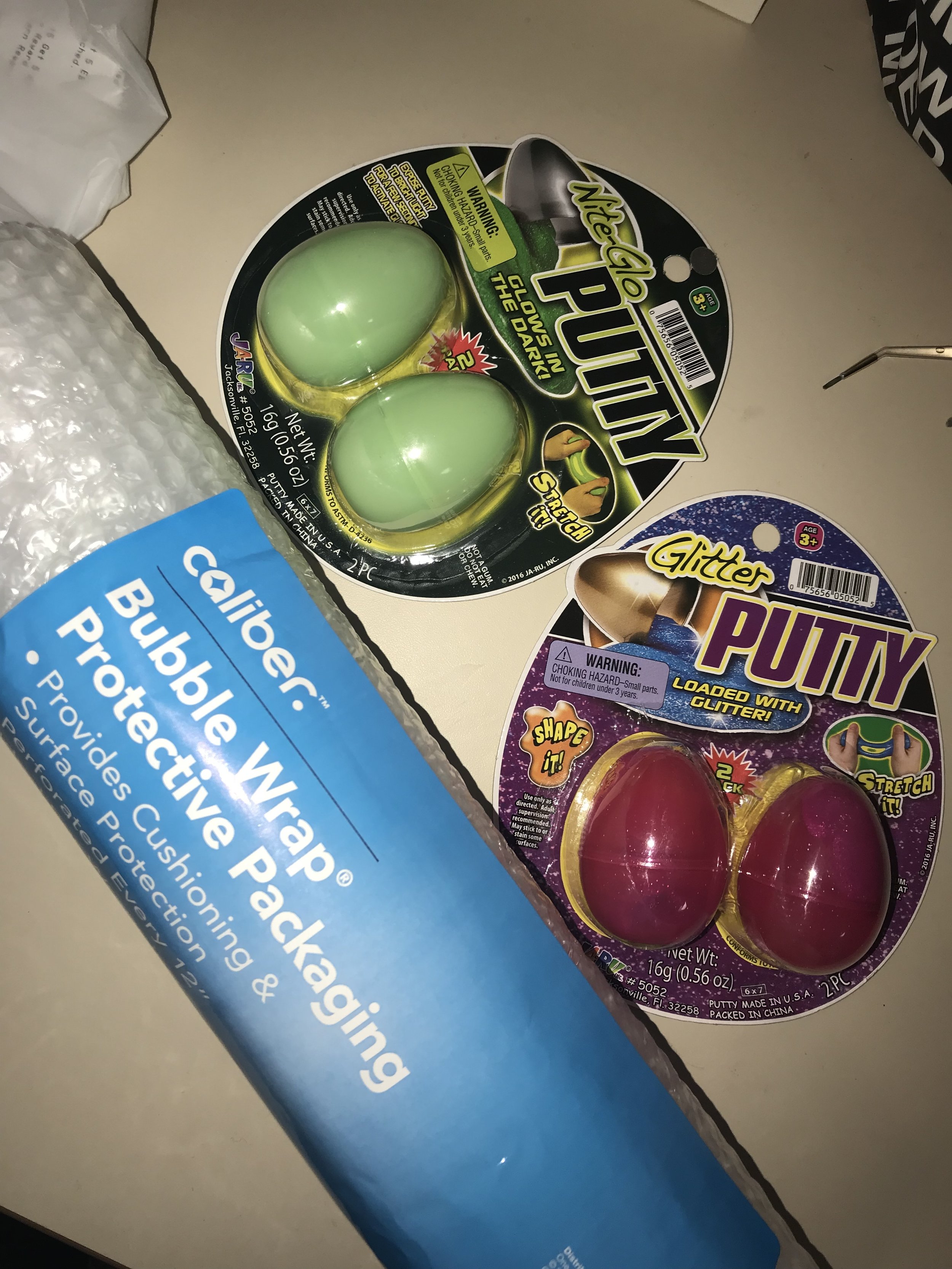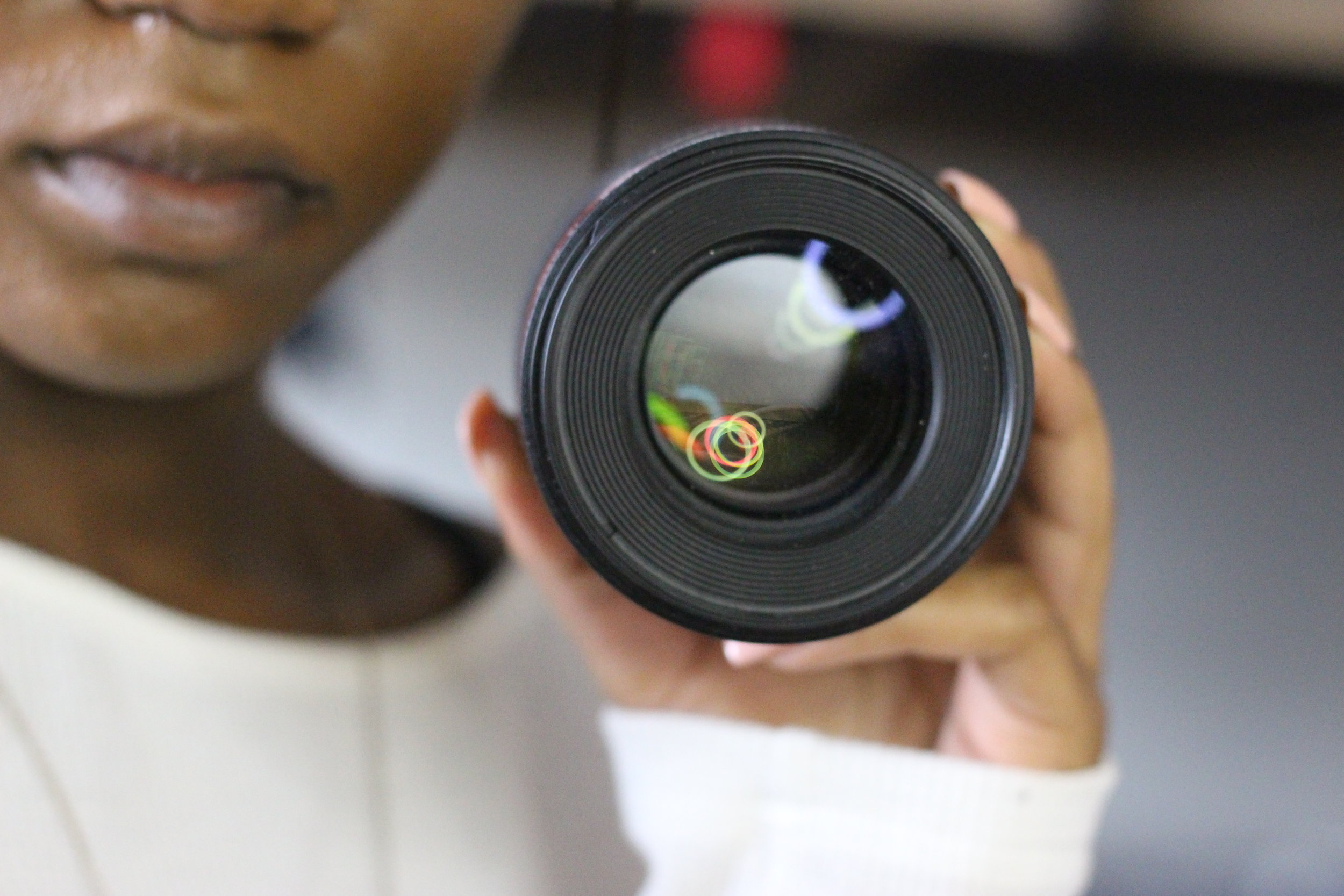My favorite part of the photography process is going back and viewing the photos I have taken and seeing if they turned out how I wanted them to. Like most artists, I strive to have the vision I have in my head and it’s executed perfectly or to my satisfactory. When I spontaneously get a plan or I have been thinking about one and I know what want it to look like, I take all the necessary steps to get the shot the way I want it the first time. That’s the ideal for me.
I have notices a pattern in the style of how I take my photographs. I tend to use the rule of thirds a lot, depth of field, work with macro lenses (used for the really close up pictures), candid imaging when a person doesn’t know I am taking their photo, detailed imaging, limited or excessive negative spacing, staged portraits, etc. I haven’t been taught too much about photography I’ve always done my own thing. My Basics of Photography professor, Maureen Munley, has the class do assignments called “technical portfolios” where she gives us specific instructions on what and how to shoot. She mainly wants us to use the manual focusing option but I’ve always found autofocusing more convenient and quicker. If I’m walking around outside or I see something I want to capture and I know that I only have a few seconds to take the picture, I’m not going to waste time and try to manually focus my lens. By the time I do that, I’ve lost my opportunity.
I think concept and technical quality are both important to me and to be represented in my work. In my opinion, think that both are needed in order for an image to be considered a “great photograph”. Most of the time, I want to have my idea and concept clearly stated in my piece or series. I don’t want it to require too much thinking or intense questioning about what it is. I appreciate, what I consider, “quality” in all forms and styles of art (painting, sculpting, drawing, etc.) because it tells me that you put effort into your work and are passionate about it. Your talent is very clearly showcased to me. If the quality isn’t the best, I can get a sense or go under the assumption that whoever made the piece did not care or didn’t put time into their work.
My connection to my own, personal work can get pretty possessive at times. I have had numerous experiences where a person will ask me to send them images that I have taken because they thought it was “cute”. Once I give it to them, they will post it on social media and claim it as their own. That’s very frustrating because, in the end, and without going into technicalities, it is mine.
When I have a photo-shoot that doesn’t go as planned, I’ll become aggravated with myself then proceed to become a drama queen with an “existential life crisis”, will go on the hunt in search for a different medium of art or another major to pursue. However, I remind myself that my photography portfolio is essentially how I got into SMU and then I’ll calm down.
I begin a piece with an idea that I’ve written down since my thoughts arrive and exit so quickly there would be no way that I’ll remember something like that without taking note. They are so spontaneous that I will have to whip out my phone, a Post-it-Note, a piece of crumpled paper I found in my pocket, a wall, a person, literally anything so I won’t forget my idea. Then I’ll do my absolute best to execute the idea as accurately as possible and the exact way that I want it to.
When people see my work, I want them to admire it; I want it to make them stop to look at and not just skim over it because it doesn’t hold their interest enough. Essentially, I want them to admire my work similarly to how I admire artists who I look up to for inspiration.














